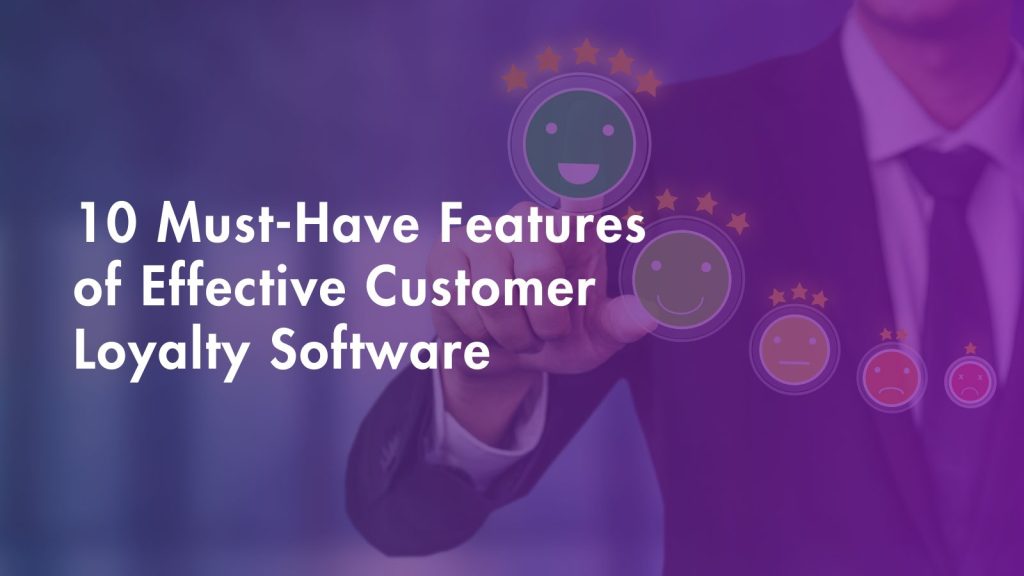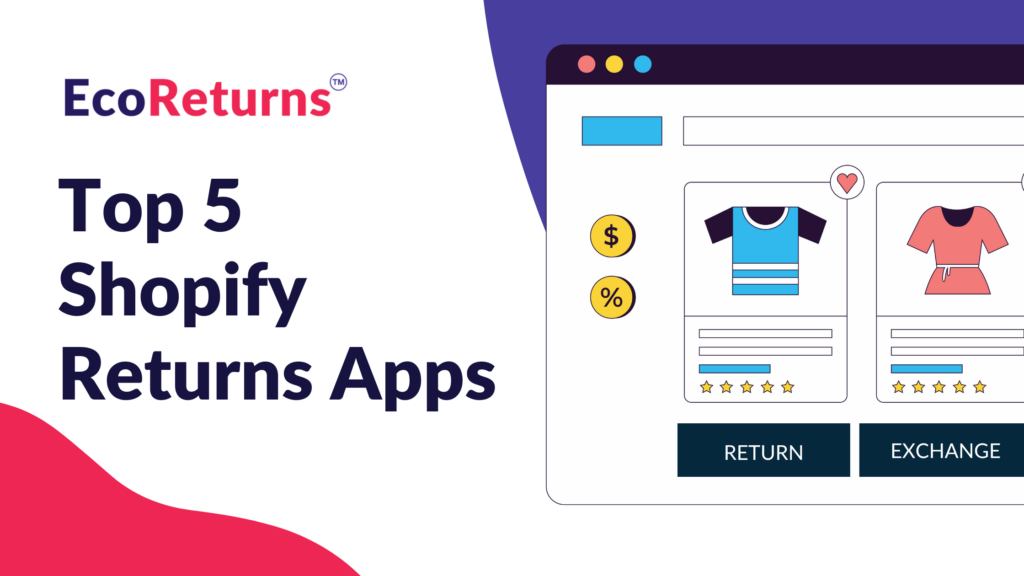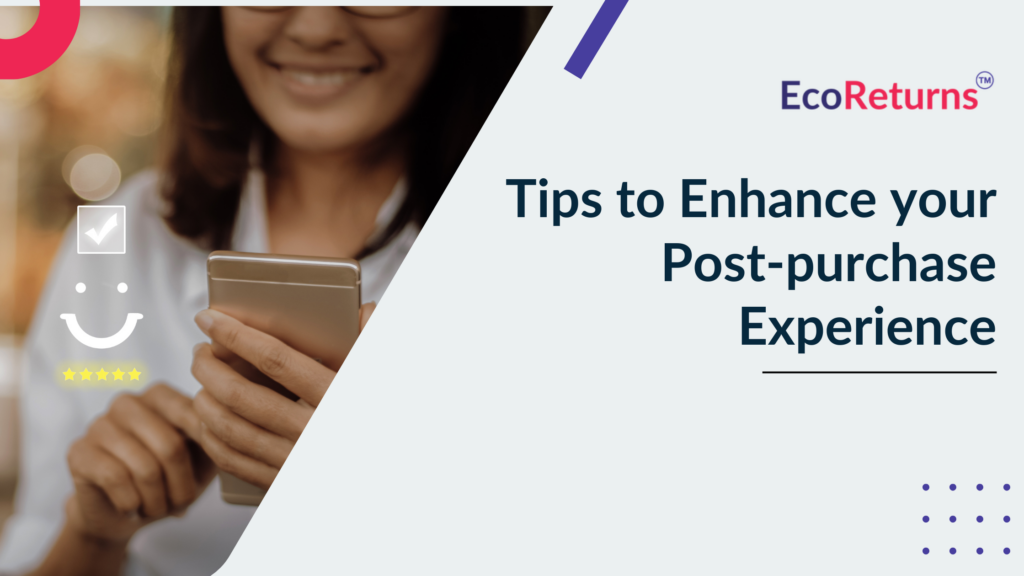Beyond the buzzwords and industry jargon lies a fundamental truth: businesses thrive when they prioritize building lasting relationships with their customers. Today, we embark on a journey to explore the backbone of customer loyalty — the software solutions that empower businesses to forge deeper connections, drive repeat purchases, and foster brand advocacy.
A customer visits your website, not just to buy a product or explore a service, but to experience a brand. They seek more than just a transaction; they desire recognition, appreciation, and a sense of belonging. This craving for connection extends beyond brick-and-mortar establishments into the digital realm, where customers interact with brands across multiple touchpoints.
Did you know? According to a study by Fred Reichheld of Bain & Company increasing customer retention rates by just 5% can boost profits by 25% to 95%. This staggering statistic underscores the critical importance of prioritizing customer loyalty in today’s competitive marketplace.
In this context, customer loyalty software stands out as the key piece that gives companies the capabilities they require to know, interact with, and retain their consumers successfully. However, what exactly distinguishes a successful customer loyalty program from the others? Which features come in handy while negotiating the complex landscape that is modern consumer behavior?
Today, we’re going to look at the ten essential features of customer loyalty software that determine its effectiveness. Every element, from customization to seamless integration, is essential to turning casual visitors into passionate brand promoters.
10 Must-Have Features of Effective Customer Loyalty Software:
Customization for Personalized Experiences:
Effective customer loyalty software allows businesses to create personalized experiences for their customers. Businesses can tailor offers, recommendations, and rewards to each customer’s unique needs and interests by leveraging data on individual preferences, purchase history, and behavior.
For example, Starbucks loyalty program utilizes customer data to offer personalized rewards and recommendations based on factors such as favorite drinks, purchase frequency, and location preferences. This level of customization not only enhances the customer experience but also fosters deeper engagement and loyalty. 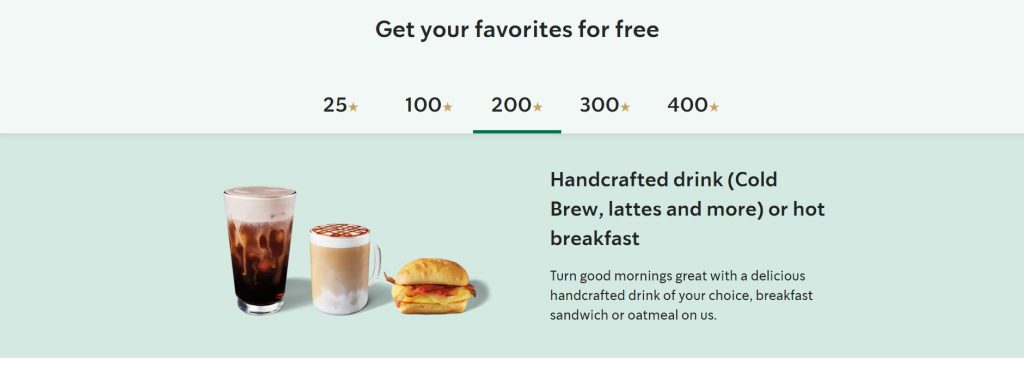
Omni-channel Integration:
In today\’s interconnected world, customers expect a seamless experience across all touchpoints, whether online, mobile, or in-store. Effective customer loyalty software integrates seamlessly across multiple channels, ensuring consistency and continuity in the customer experience. For instance, Smile.io offers omnichannel loyalty solutions that integrate with various e-commerce platforms, POS systems, and mobile apps, allowing businesses to provide consistent rewards and experiences regardless of where customers interact with their brand.
Predictive Analytics for Anticipating Needs:
Predictive analytics is a powerful tool for anticipating and meeting customer needs. By analyzing past behavior and trends, customer loyalty software can predict future actions and preferences, enabling businesses to proactively engage customers with relevant offers and incentives. For example, Amazon\’s recommendation engine uses predictive analytics to suggest products based on customers’ browsing and purchase history, increasing the likelihood of repeat purchases and driving customer loyalty.
Automated Communication and Feedback:
Effective communication is key to building and maintaining relationships with customers. Customer loyalty software automates personalized communication with customers, including thank-you messages, birthday offers, and feedback requests. For instance, Airbnb\’s loyalty program sends automated messages and surveys to hosts and guests, gathering feedback and enhancing the user experience. By automating communication, businesses can stay engaged with customers throughout their journey, fostering loyalty and advocacy.
Joint-Loyalty Program:
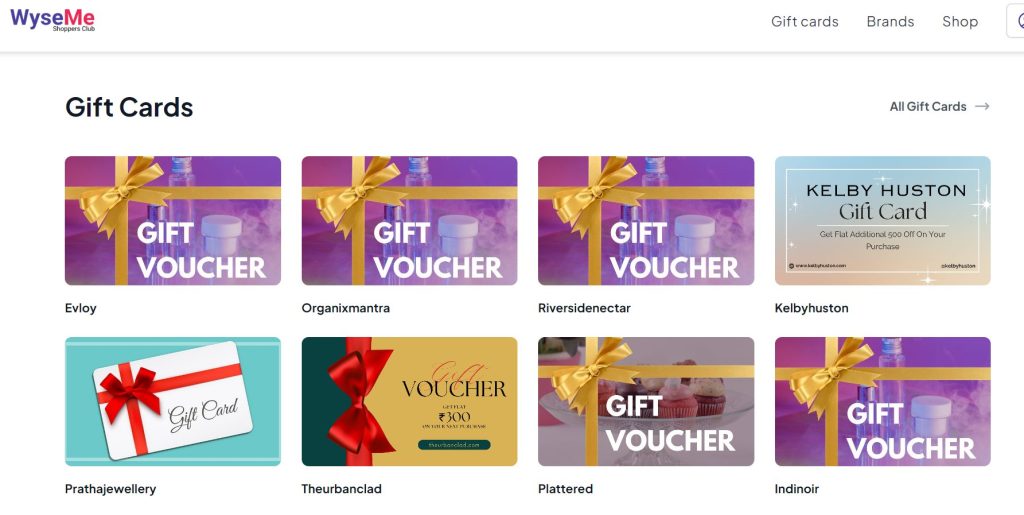
By working together with partners to provide customers with shared rewards and incentives, joint-loyalty programs help businesses increase customer engagement and boost their value proposition. Through strategic partnerships, joint-loyalty programs help businesses reach new audiences and strengthen their relationships with current customers while also encouraging customers to interact with numerous brands.
WyseMe is a prime example of a joint loyalty program. When shoppers purchase from a store that’s part of WyseMe’s joint ecosystem, they earn Wyse Points which are redeemable across all participating stores. This makes shopping more rewarding and gives the shoppers more options to redeem their points. For merchants, it increases discovery and reduces customer acquisition costs while boosting loyalty.
Also Read: All you Need to Know About Joint Loyalty Program: Solo Loyalty vs Joint Loyalty
Gamification Elements for Engagement:
Gamification elements, such as points, badges, and challenges, add an element of fun and competition to loyalty programs, driving increased participation and engagement. Customer loyalty software should incorporate gamification features to incentivize desired behaviors and reward loyal customers.
Flyy, a gamified platform that transforms user engagement by integrating game mechanics into every action, With challenges that entice users to return regularly, variable rewards through scratch cards add an element of surprise, while the built-in payout wallet ensures instant gratification. From gamifying routine actions to nudging users at every step of the campaign, Flyy incentivizes interaction and strengthens retention, creating a dynamic and rewarding experience for all.

Tiered Loyalty Programs for Progression:
Tiered loyalty programs offer customers a sense of progression and exclusivity, motivating them to increase engagement and spending to unlock higher rewards and privileges. Customer loyalty software should support tiered structures with clear criteria for advancement and differentiated benefits at each level.
For example, Marriott Bonvoy\’s loyalty program features multiple tiers, including Silver, Gold, Platinum, and Ambassador, each offering escalating benefits and perks to members based on their loyalty status. By implementing tiered loyalty programs, businesses can incentivize customers to increase their engagement and spending, driving loyalty and retention in the long term.
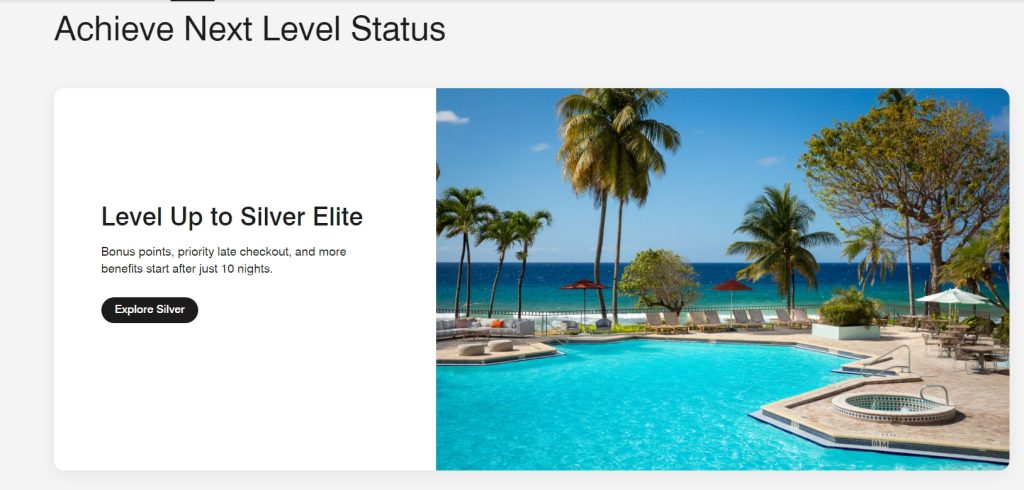
Integration with Customer Support Systems:
Seamless integration between customer loyalty software and customer support systems enables businesses to provide timely and personalized assistance to loyal customers. By accessing customer purchase history, preferences, and loyalty status, support agents can deliver superior service and resolve issues more efficiently, enhancing overall customer satisfaction and loyalty.
For example, Zappos integrates loyalty program data into its support interactions to provide personalized service and exceed customer expectations. By integrating customer support systems, businesses can strengthen relationships with customers and enhance the overall customer experience, ultimately driving loyalty and advocacy.
Real-time Reporting and Analytics:
Access to real-time reporting and analytics is essential for tracking the performance of loyalty programs and optimizing strategies for maximum impact. Customer loyalty software should provide comprehensive dashboards and reports that offer insights into key metrics such as member enrollment, engagement levels, redemption rates, and ROI.
Annex Cloud offers advanced analytics tools that allow businesses to track key metrics, such as customer lifetime value and redemption rates, and gain actionable insights to refine their loyalty strategies and drive better results. Businesses may obtain important insights into consumer behavior and preferences by utilizing real-time reporting and analytics. This enables them to make data-driven choices and maximise the efficacy of their loyalty programme.
Flexibility for Scalability and Adaptability:
Loyalty software should be flexible enough to scale and adapt to changing business needs, market dynamics, and emerging technologies. Whether expanding into new markets, launching innovative promotions, or integrating with emerging technologies, loyalty software should support agility and innovation to remain competitive in the long term.
Zinrelo’s loyalty platform is designed to scale with businesses, offering flexible features and pricing plans that adapt to changing requirements, whether it\’s expanding the program to new markets, adding new rewards, or accommodating a growing customer base, ensuring that businesses can continue to drive loyalty and engagement as they grow.
Final Say:
From personalized experiences to seamless integration and predictive analytics to joint-loyalty programs, every feature serves as a testament to the commitment of businesses towards fostering genuine connections with their customers. So, as we conclude this exploration, let us not forget that in the digital age, the true measure of success lies not just in transactions, but in the bonds forged with every click, purchase, and interaction. And with the right software at our fingertips, the journey towards building these bonds becomes not just a possibility, but a promising reality.
